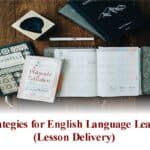In this article, the 4th installment of a 6-part series, we will take a look at five strategies that focus on vocabulary. So far, we’ve looked at lesson preparation, activating background knowledge, and lesson delivery. In future installments, we will discuss interaction and assessment.
Vocabulary instruction is one of the most important components of English Language Learner instruction. The strategies highlighted here are, by no means, comprehensive. As you can imagine, there are hundreds of techniques and strategies that can be used for vocabulary instruction. Let’s discuss five of them.
Interactive Word Wall
Strategy Overview-
An interactive word wall is a large graphic organizer used to display thematic or unit-based vocabulary on the wall. It includes pictures and other information that can be used to give meaning to classroom vocabulary.
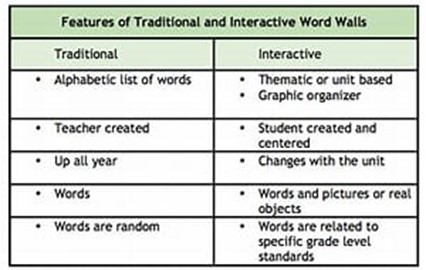
What are the benefits of using it?
Using interactive word walls can boost student retention of key concepts. Students are the ones doing the work. This provides valuable engagement and ownership. It promotes collaboration among groups of students and the inclusion of English Language Learners.
Vocabulary Flip books
Strategy Overview-
A vocabulary flip book is a tool to help organize and define key vocabulary. Students write the words on the top of each flap. Once flipped up, the book reveals definitions, images, and translations for the word. As you can see, a flipbook can be individualized for students based on the student’s specific need.
Sample Flipbook Vocabulary Flip Book.doc (live.com)
What are the benefits of using it?
Flipbooks are fun to create and provide students with a portable and readily accessible reference tool. They’re very flexible and can be used in a variety of ways. The only limit is imagination. Below is a video about creating a simple flipbook.
Frayer Model
Strategy Overview-
The Frayer Model consists of a graphic organizer with 5 sections. It looks like this.
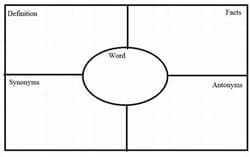
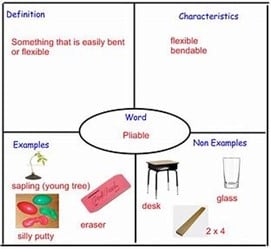
What are the benefits of using it?
This template is useful because it allows students to find various concepts related to the main word or concept such as facts, synonyms, and antonyms, if appropriate. As you can see in the examples above, the component titles are flexible.
4-Corners Vocabulary
Strategy Overview-
In this model, students are asked to illustrate, define, and use the word in a sentence. It might look something like this.
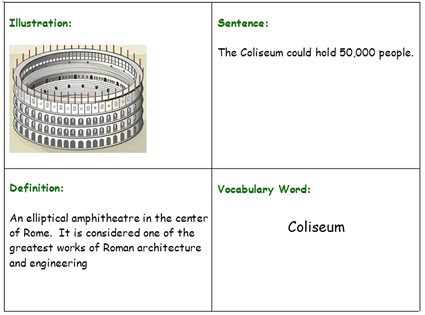
What are the benefits of using it?
This template works well with words that can easily be illustrated and used in a sentence. It requires the student to demonstrate understanding by correctly using the word. It’s a great addition to your vocabulary toolbox.
Semantic Mapping
Strategy Overview-
Semantic mapping is all about making connections. As more words and concepts are connected together, students begin to develop a more comprehensive understanding of that word or concept. A semantic map might look like this.
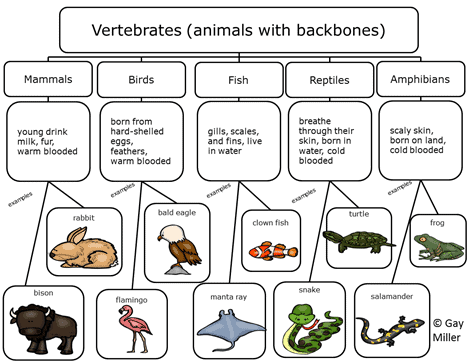
What are the benefits of using it?
The brain works by connecting new information to previous knowledge. Semantic maps are an effective tool that promotes critical thinking and improves information retention.
Check out the following link to access frequently asked questions on ESL and Bilingual Law in New Jersey.
https://hctutorial.com/esl-and-bilingual-frequently-asked-questions/


